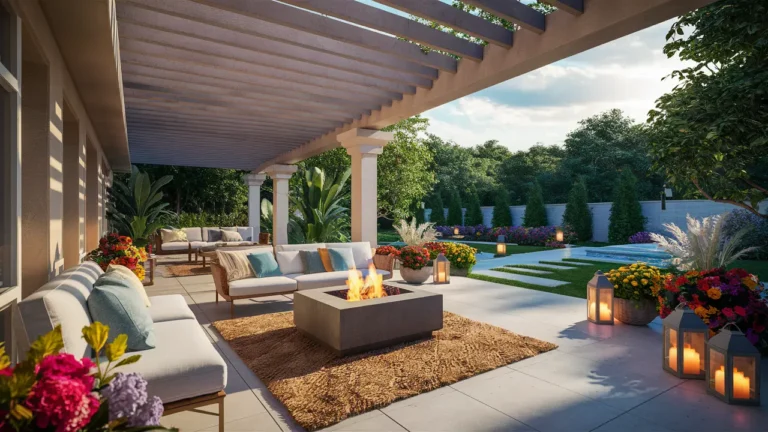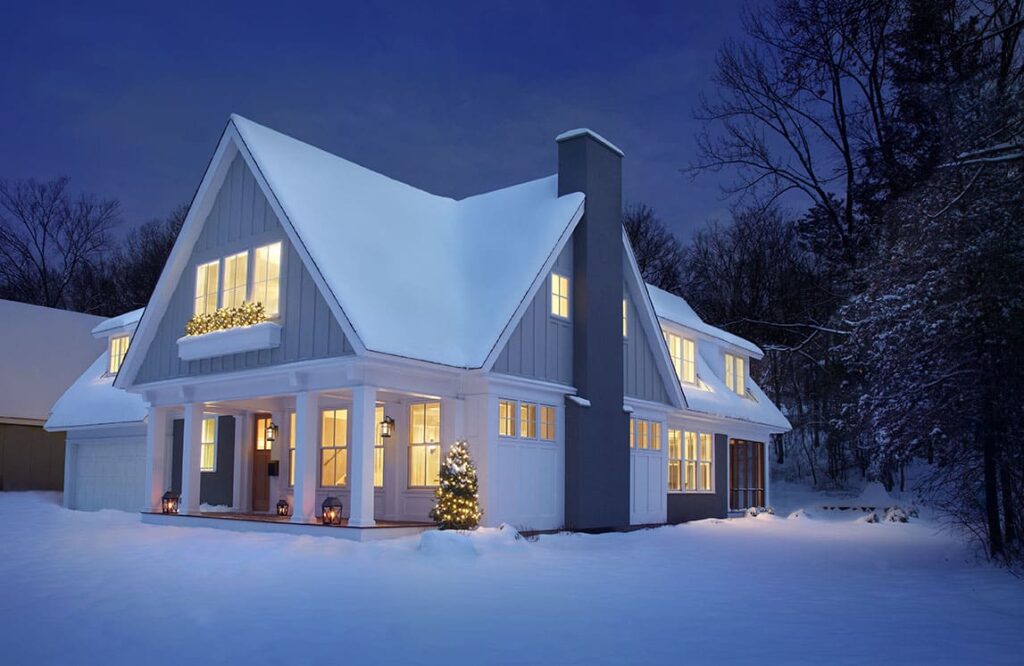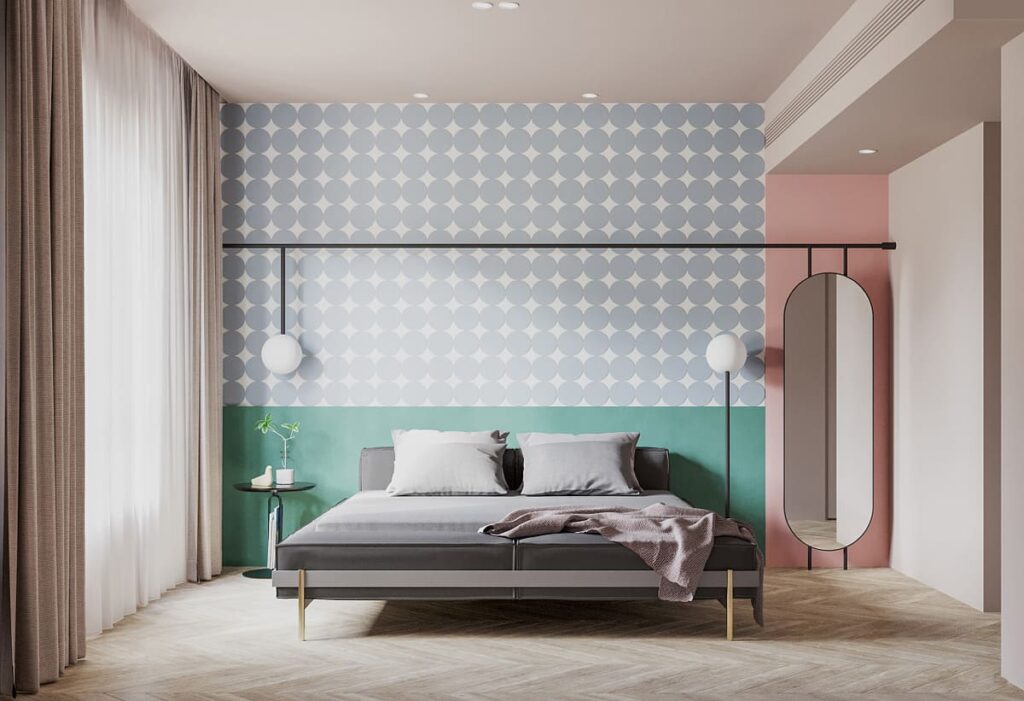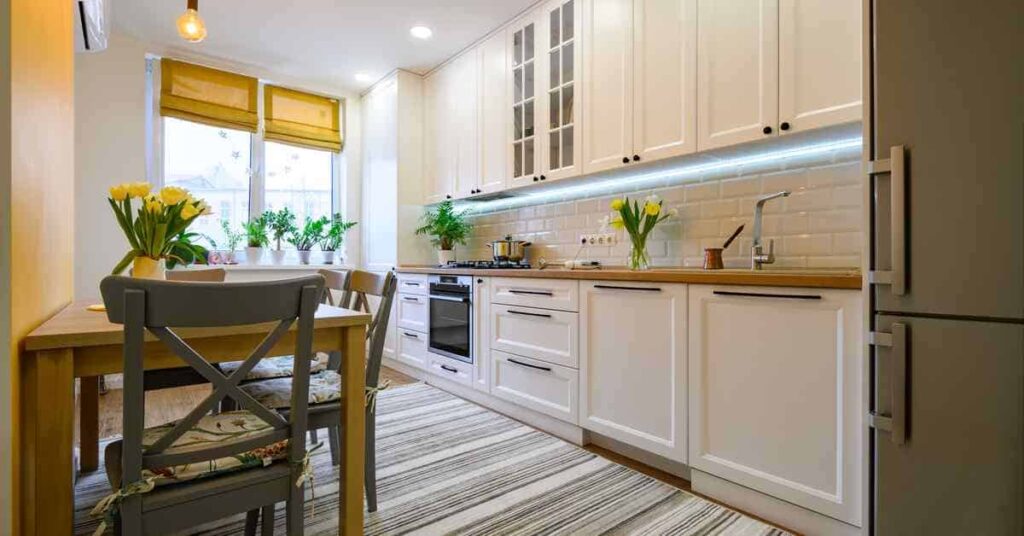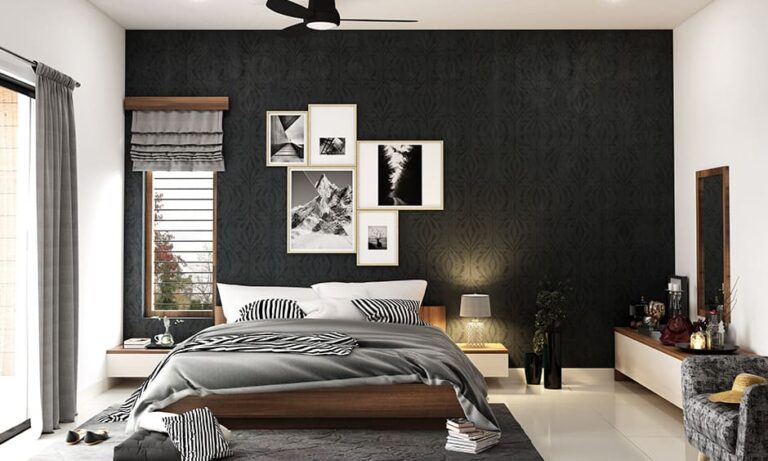Cott houses, often synonymous with rustic charm and historical significance, present a unique opportunity for homeowners interested in sustainable living. With their compact structures and traditional materials, these homes can be transformed into eco-friendly havens that not only respect the environment but also offer a healthier living space. Here are several design tips aimed at enhancing the sustainability of a cott house while maintaining its aesthetic integrity.
1. Insulation and Energy Efficiency
One of the first steps in creating a sustainable cott house is improving its energy efficiency. Many older cott houses may not be well-insulated, which can lead to significant energy loss.
- Upgrade Insulation: Use natural, breathable materials like sheep’s wool, hemp, or recycled cotton to insulate walls and ceilings. These materials not only retain heat but also manage moisture, preventing mold growth.
- Windows and Doors: Replace old windows and doors with energy-efficient alternatives. Look for double or triple-glazed units with good sealing properties to minimize drafts and heat loss.
- Green Roofing: Consider installing a green roof, which can provide additional insulation, reduce runoff, and enhance biodiversity.
2. Utilize Renewable Energy Sources
Incorporating renewable energy sources is a cornerstone of sustainable living. For cott houses, certain options can integrate seamlessly without detracting from their historic charm.
- Solar Panels: Install solar panels to generate your own electricity. Modern solar panels can be designed to blend with traditional roofing materials.
- Biomass Heating Systems: Consider a biomass boiler or stove, which can use wood pellets or chips. This is particularly fitting for cott houses that may already have features like chimneys and fireplaces.
3. Water Conservation and Management
Water is a precious resource, and its conservation is crucial in sustainable living. There are several ways to manage water use efficiently in a cott house.
- Rainwater Harvesting: Set up a system to collect rainwater from roof gutters for use in gardening or as greywater for toilets.
- Low-Flow Fixtures: Install low-flow faucets, showerheads, and toilets to reduce water usage without sacrificing functionality.
- Native Landscaping: Choose native plants for your garden that require less water, reducing the need for irrigation.
4. Sustainable Materials and Resources
When renovating or decorating a cott house, choosing sustainable materials can significantly impact the environment.
- Reclaimed Materials: Use reclaimed wood, stone, and other materials for construction and decoration. Not only do these materials add character, but they also decrease the demand for new resources.
- Non-Toxic Paints and Finishes: Opt for natural or low-VOC (volatile organic compounds) paints and finishes to maintain indoor air quality.
- Local Sourcing: Whenever possible, source materials and labor locally to reduce carbon emissions associated with transportation and support the local economy.
5. Indoor Air Quality and Natural Light
Creating a healthy indoor environment is as important as managing energy and resources.
- Maximize Natural Light: Use light colors on walls and reflective surfaces to enhance the natural light in your home, reducing the need for artificial lighting during the day.
- Ventilation: Ensure proper ventilation to improve indoor air quality. Consider installing heat recovery ventilators that provide fresh air while minimizing heat loss.
- Indoor Plants: Incorporate indoor plants that can improve air quality by filtering out pollutants and adding oxygen.
Conclusion
Transforming a cott house into an eco-friendly home requires thoughtful consideration of how to update its traditional features with modern sustainable technologies. By focusing on energy efficiency, renewable energy, water conservation, sustainable materials, and indoor environmental quality, you can create a cott house that not only serves as a cozy, historical home but also as a model of sustainability. This approach not only preserves the essence of the cott house but also ensures its viability and comfort for future generations.



